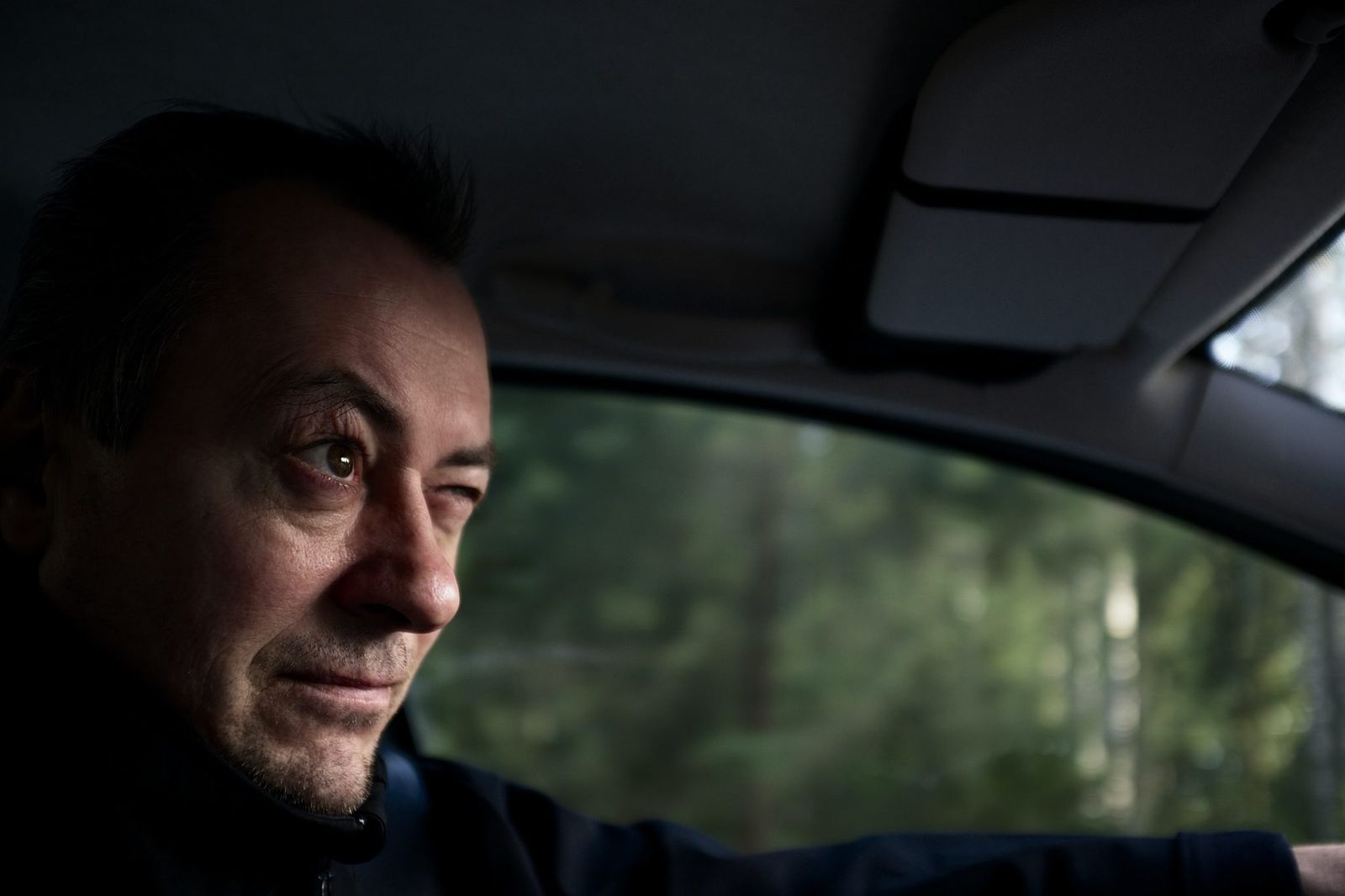Do you ever feel drowsy while driving home after a night shift or a long day at work?
If so, it’s almost certain that you were sleeping for parts of your drive home – what you were doing – without even knowing it was microsleeping.
The definition of a microsleep is when the brain grabs a quick nap without your permission. Here’s the thing: it will pull the plug without you being even remotely aware of it, which is why microsleeps are so extraordinarily dangerous.
Consider this: if you’re travelling at a typical highway speed of 100 kph, you will cover 190 feet in 2 seconds, and since we’re only a few feet away from opposing traffic, even a 1-second microsleep can be fatal.
The National Academy of Sciences found that over a third of car rides home after night shifts resulted in near-crashes. Half of the shift-work drivers in the study (who were analyzed while driving after a night shift) were stopped by the researcher’s backup passenger-seat floor brake because they had slipped into a microsleep and had experienced a temporary loss of automobile control.
We tend to believe that life-or-death tasks that demand a great deal of attention (like driving one’s car) will overcome our desire to sleep, but research shows otherwise.
In a particularly illuminating experiment, Dr. Mohamed Hussain tested a young man who had been restricted to just 9 hours of sleep over three days.
In this experiment, the man is wired up to detect his brain waves. Then he is asked to execute several high-speed road maneuvers in an empty parking lot. In the video, he seems to be enjoying himself and commenting that he actually feels pretty good.
Following the test, Dr. Hussain revealed what had actually happened. Unbeknownst to the young driver, he suffered multiple microsleeps. In fact, he experienced 18 microsleeps that ranged from 3 to 13 seconds while driving. During the two-hour test, he was asleep for a mind-blowing 25 minutes and here’s the kicker: he was completely unaware that he had gone into full sleep while driving.
This experiment clearly shows that you can have your eyes open, drive a car, and still be fast asleep because we operate on what’s called automatic behaviour. It’s very much like sleepwalking.
So what can we do to overcome microsleeping?
The obvious answer is to ensure we get enough sleep. Still, I can tell you from personal experience that that doesn’t necessarily eliminate the possibility of microsleeps.
Several years ago, when I had a theoretical 9-5 office job, I now realize I was dropping into microsleeps despite having a full night’s sleep because there was just something about that time of day that often … not always … but often made me drowsy.
So, how do we know if we’re susceptible to microsleeping?
If you feel your eyes drooping or rolling and your head nodding, or you feel like you blanked out, you can guarantee that you’ve been sleeping.
What I did to combat this was to pull over on the side of the road or in a parking lot, drop my car seat all the way back, and lie down with my eyes shut just for 5 to 10 minutes. I never actually knew if I slept or not, but I assume I did. Incredibly enough, I always felt perfectly wide awake after that brief respite.
These minor breaks work because as soon as we sleep, our adenosine levels quickly drop, which reduces our desire to sleep.
Microsleeping is a very real and dangerous problem. When doing anything that requires your full attention, like driving, don’t take chances, no matter how close you are to your destination.






